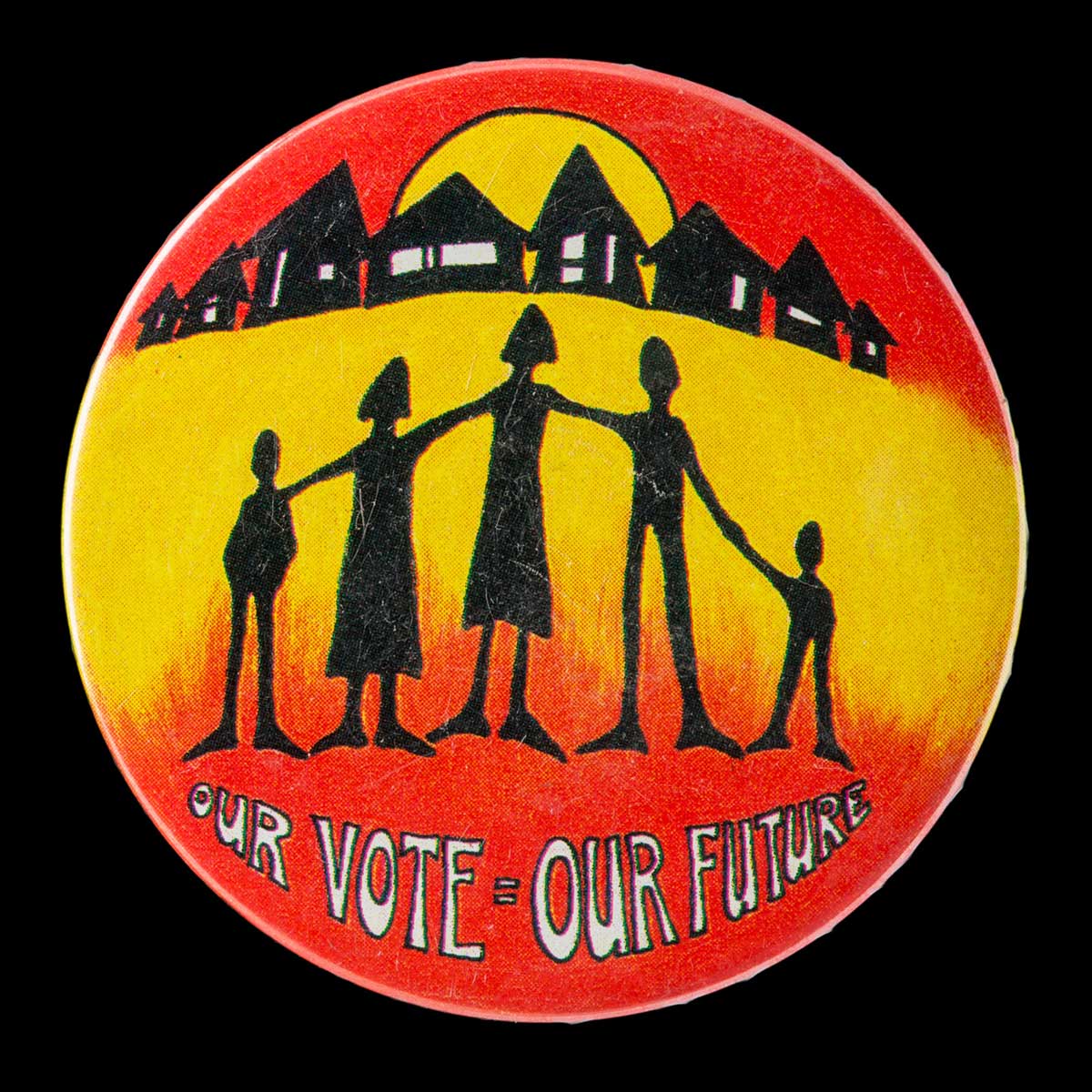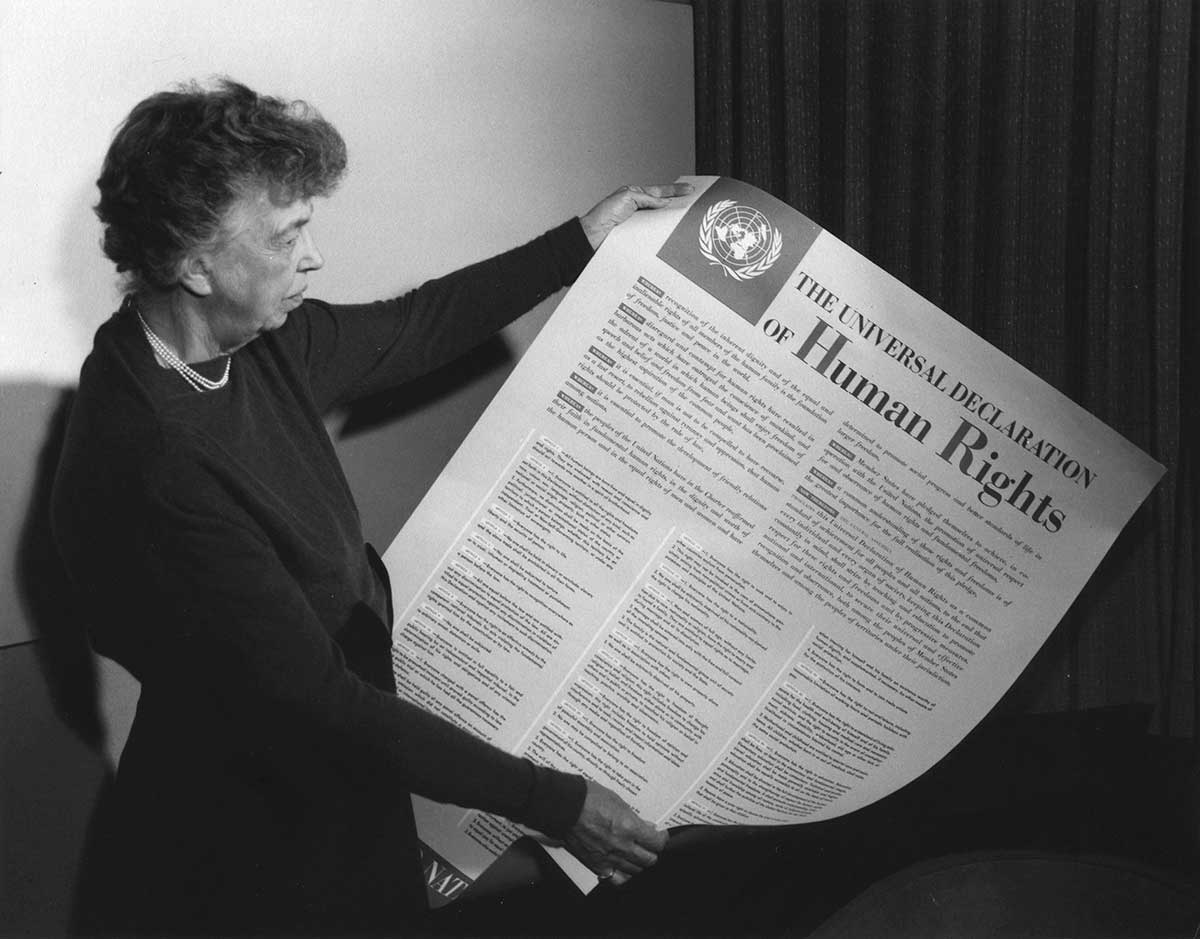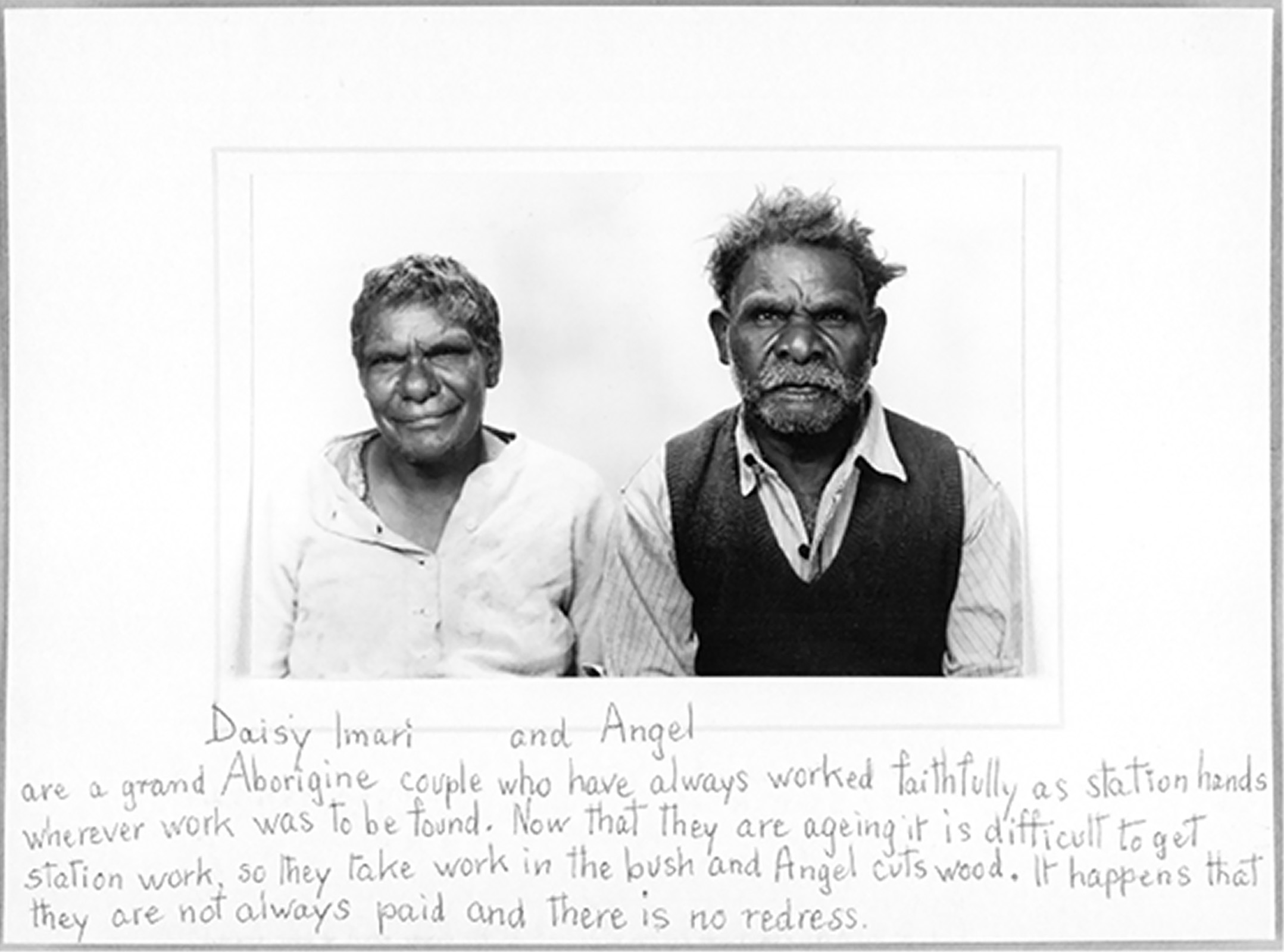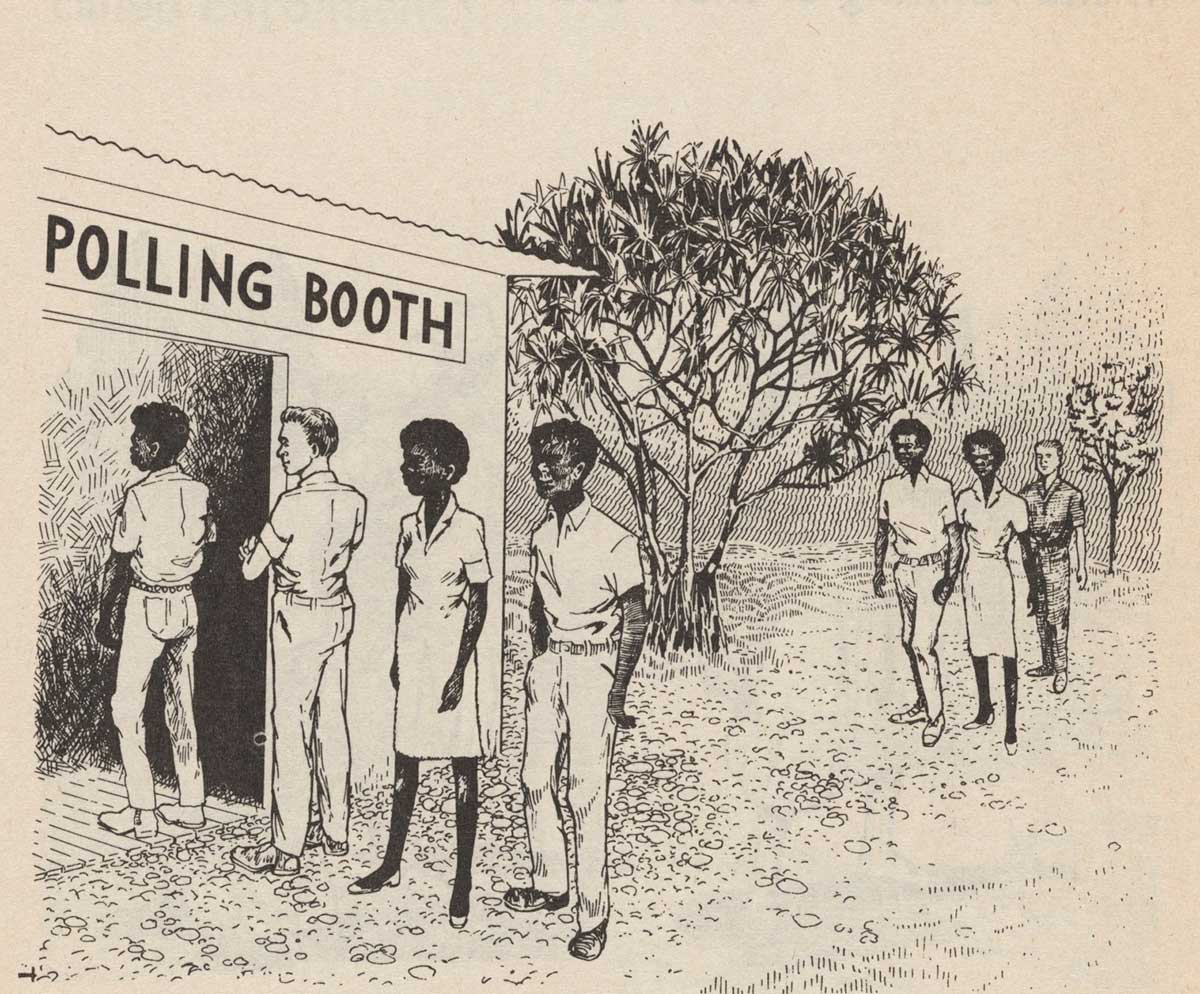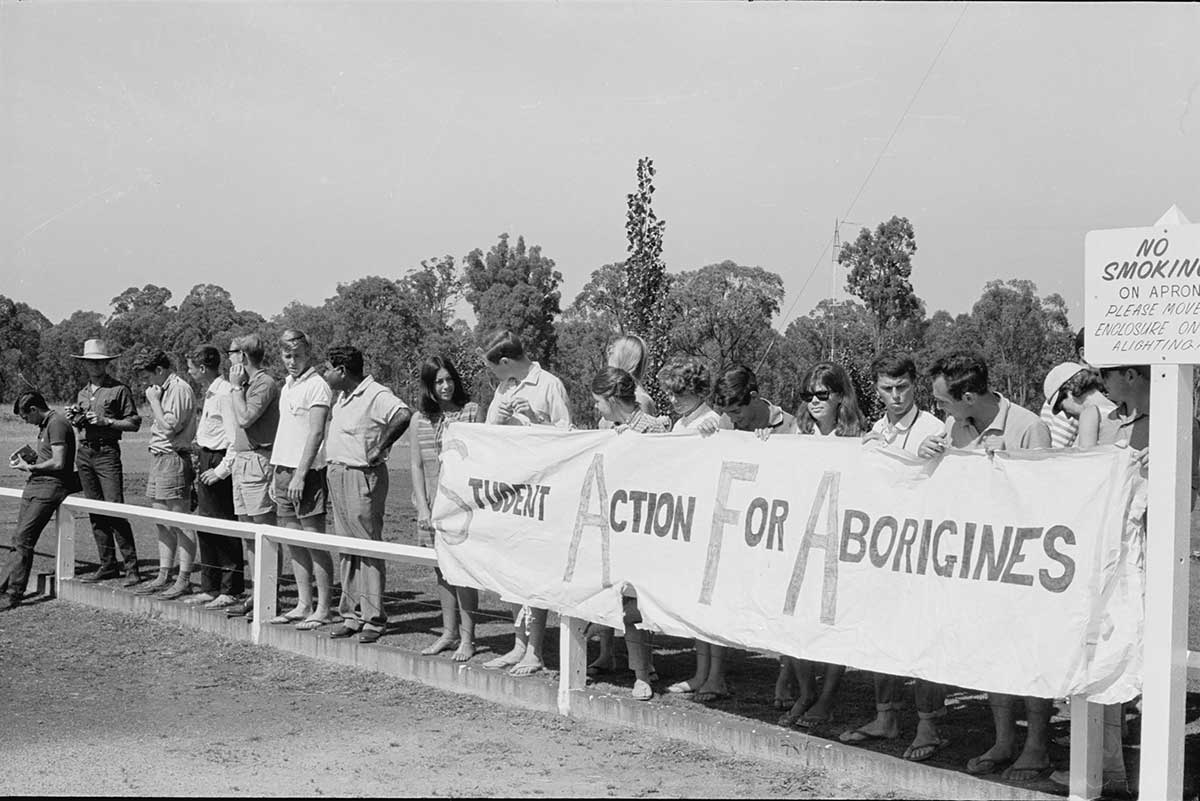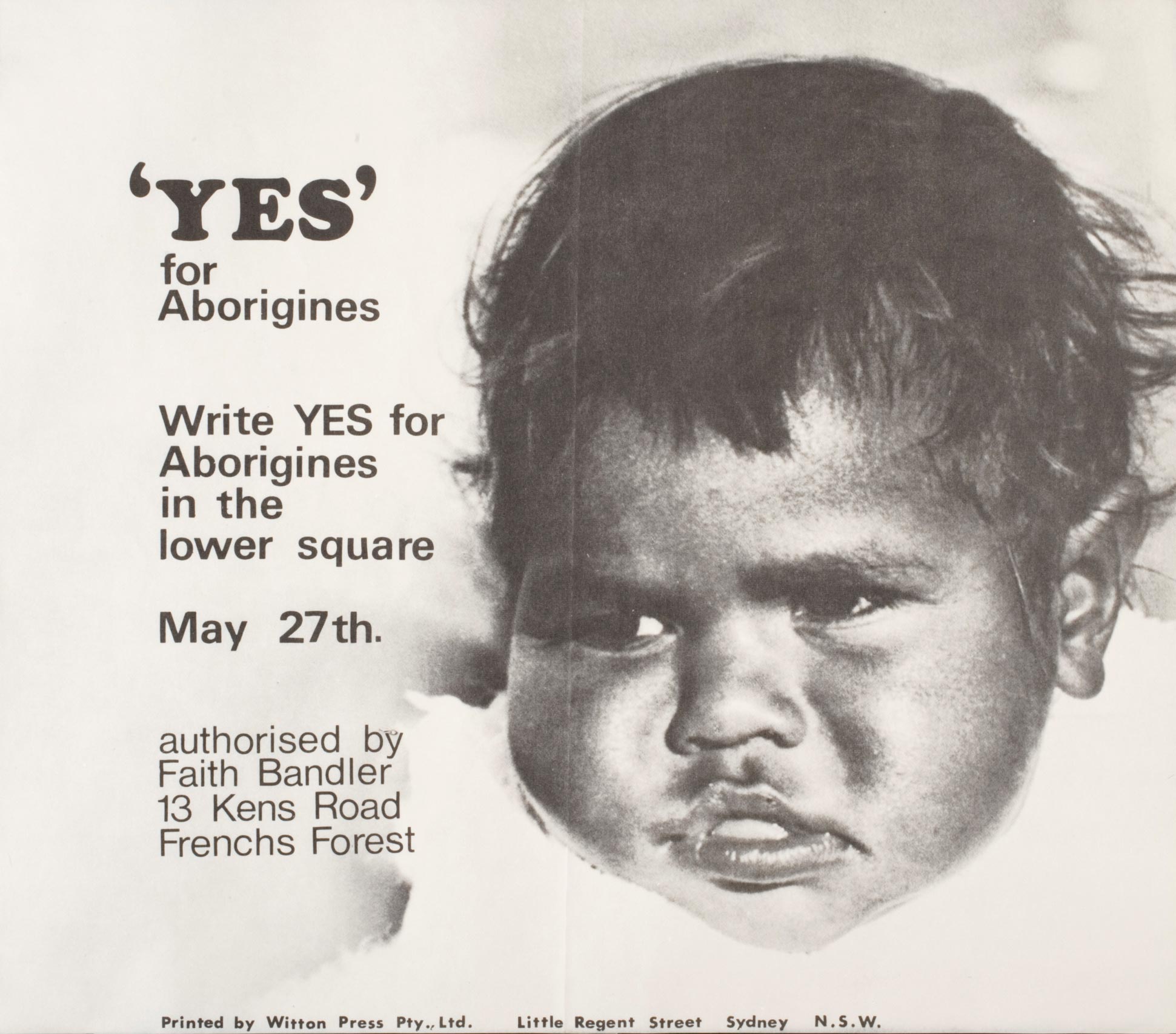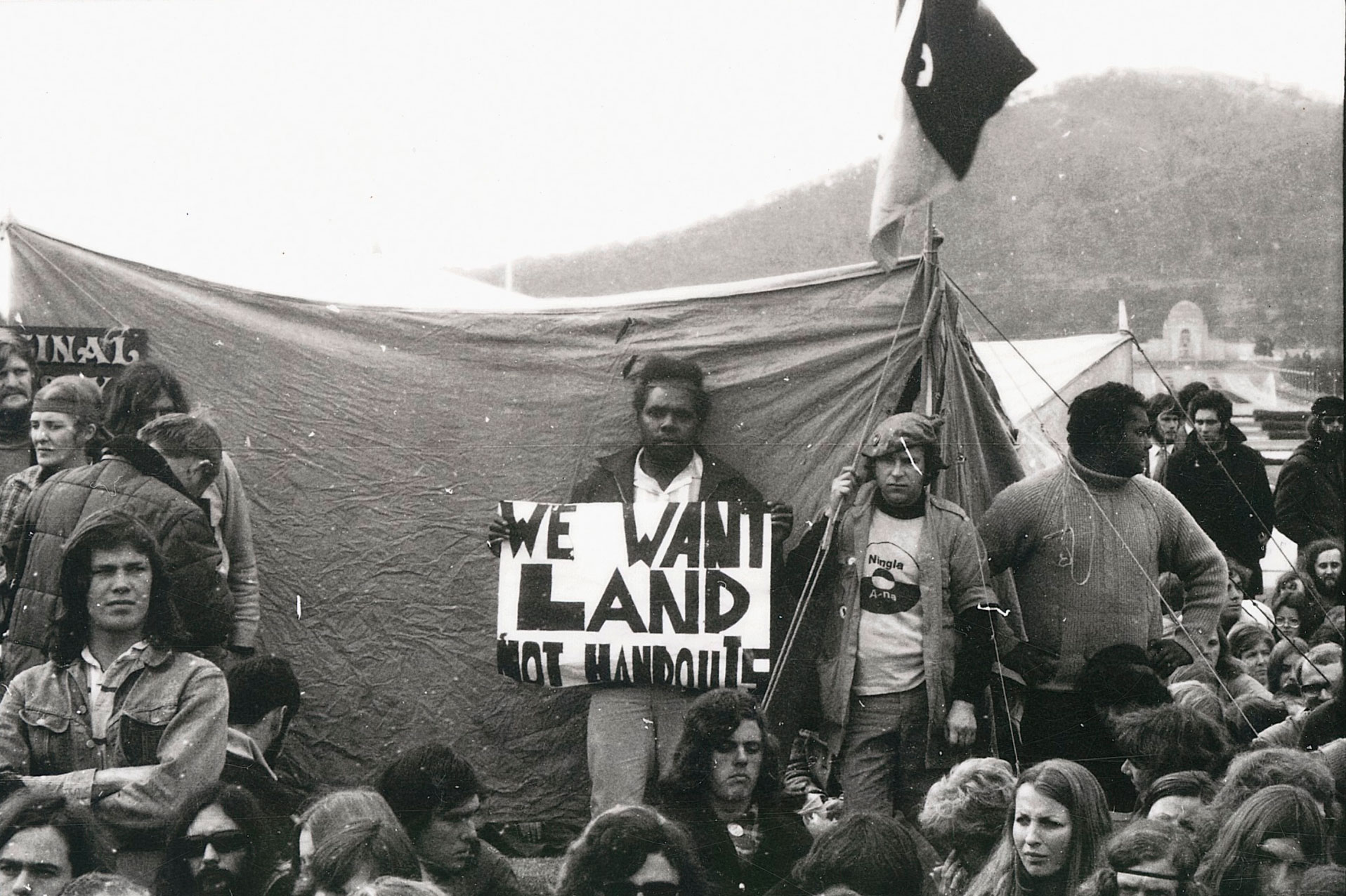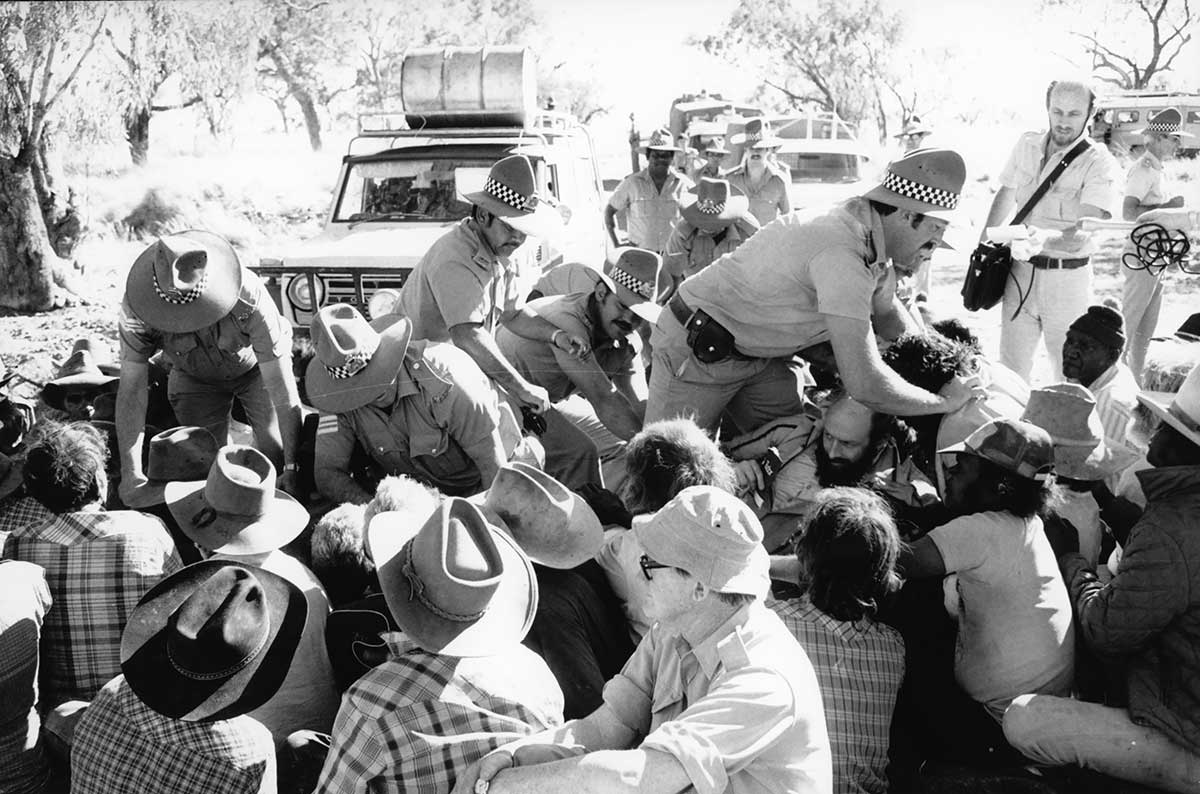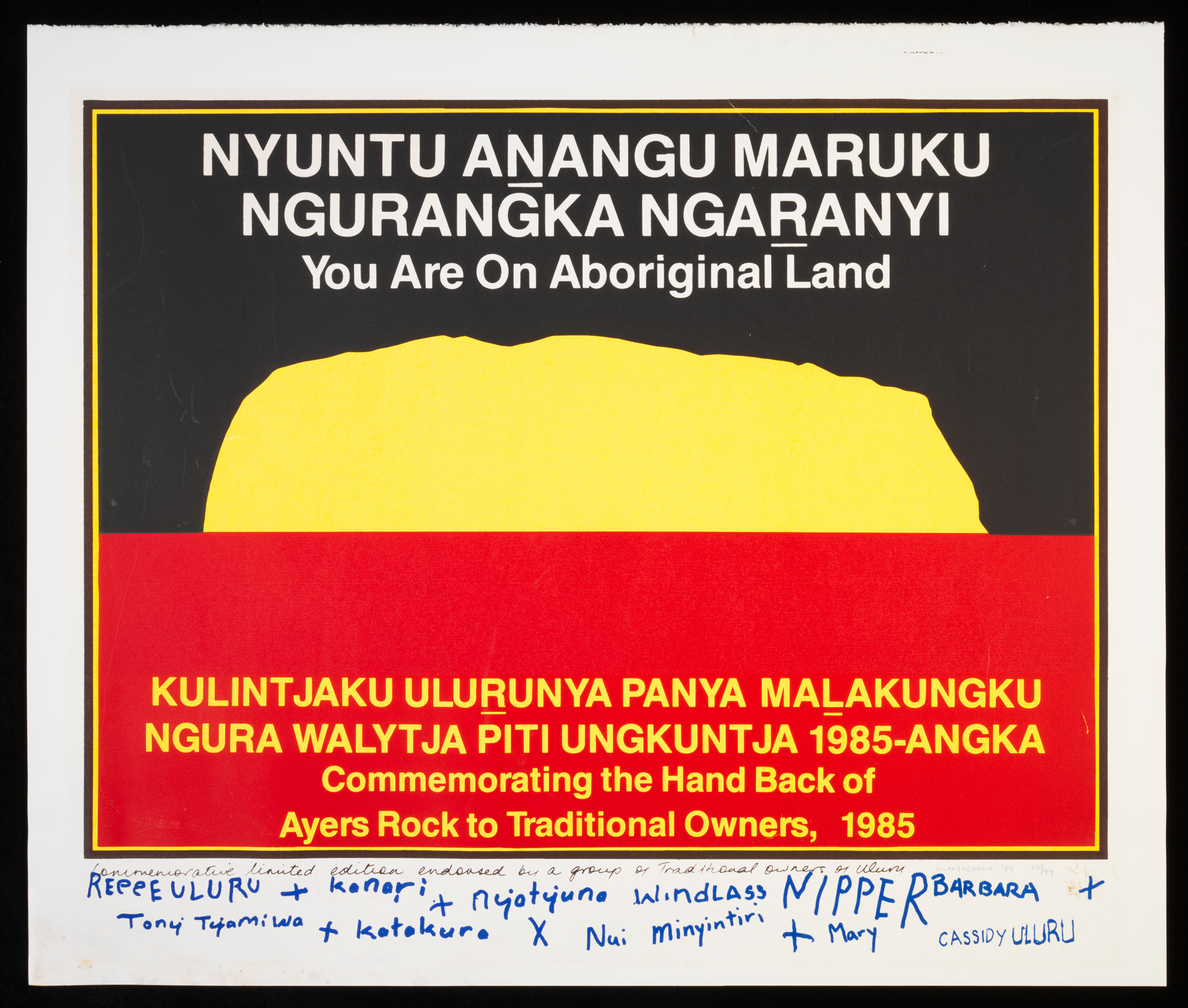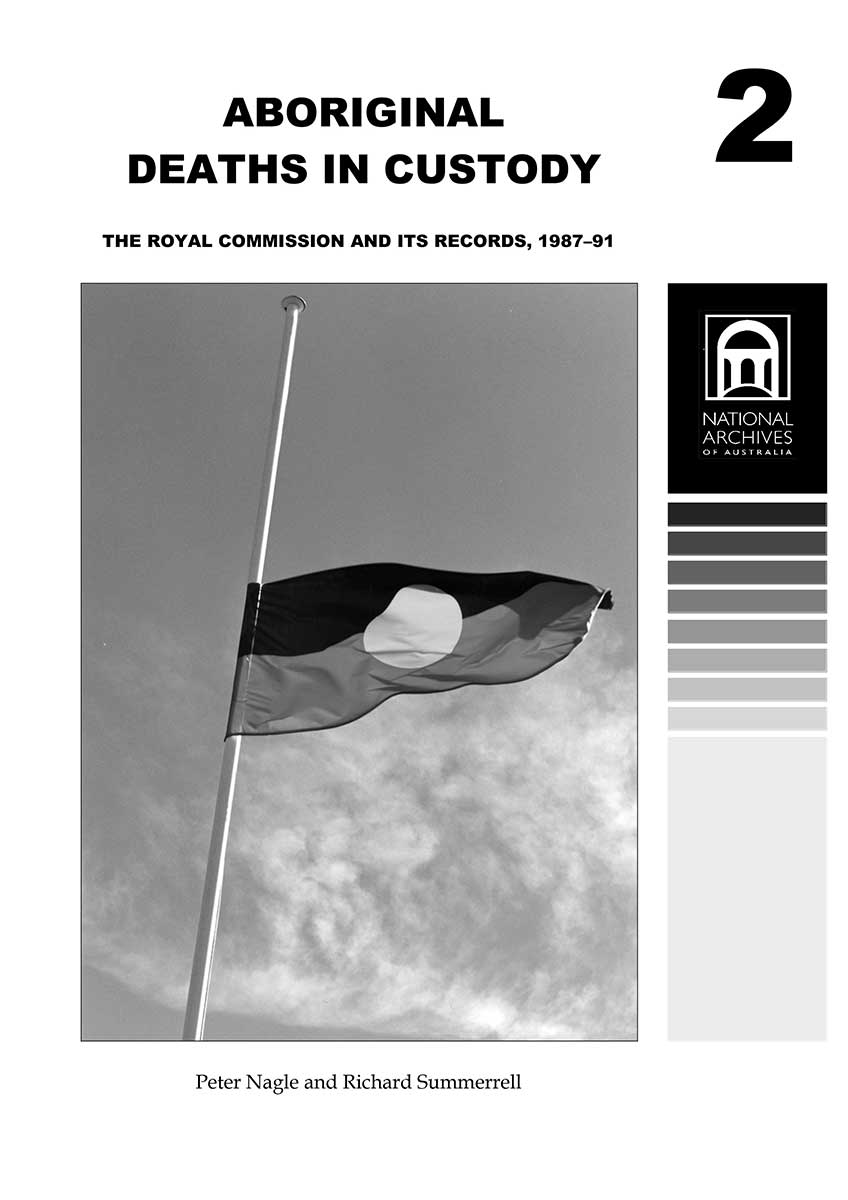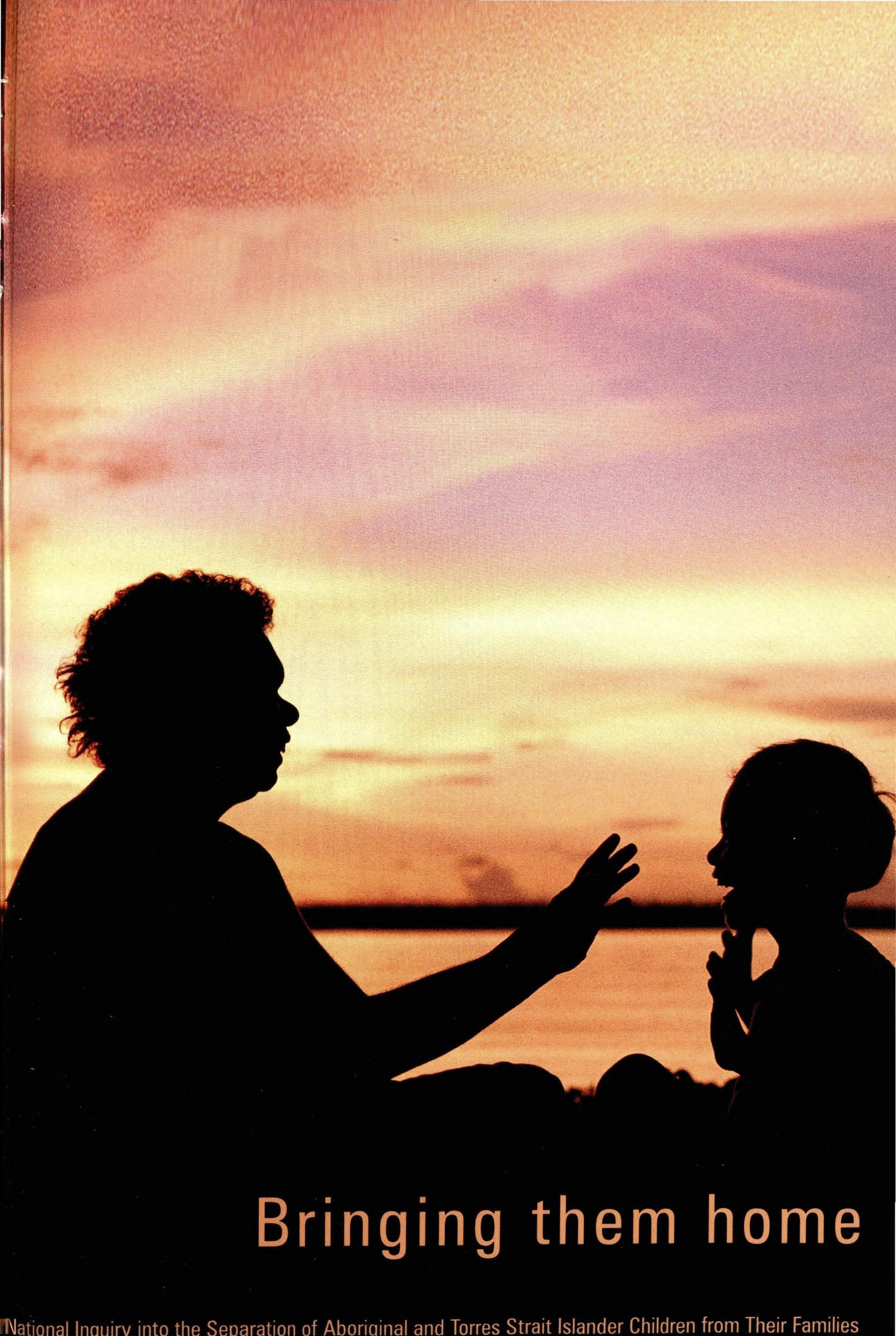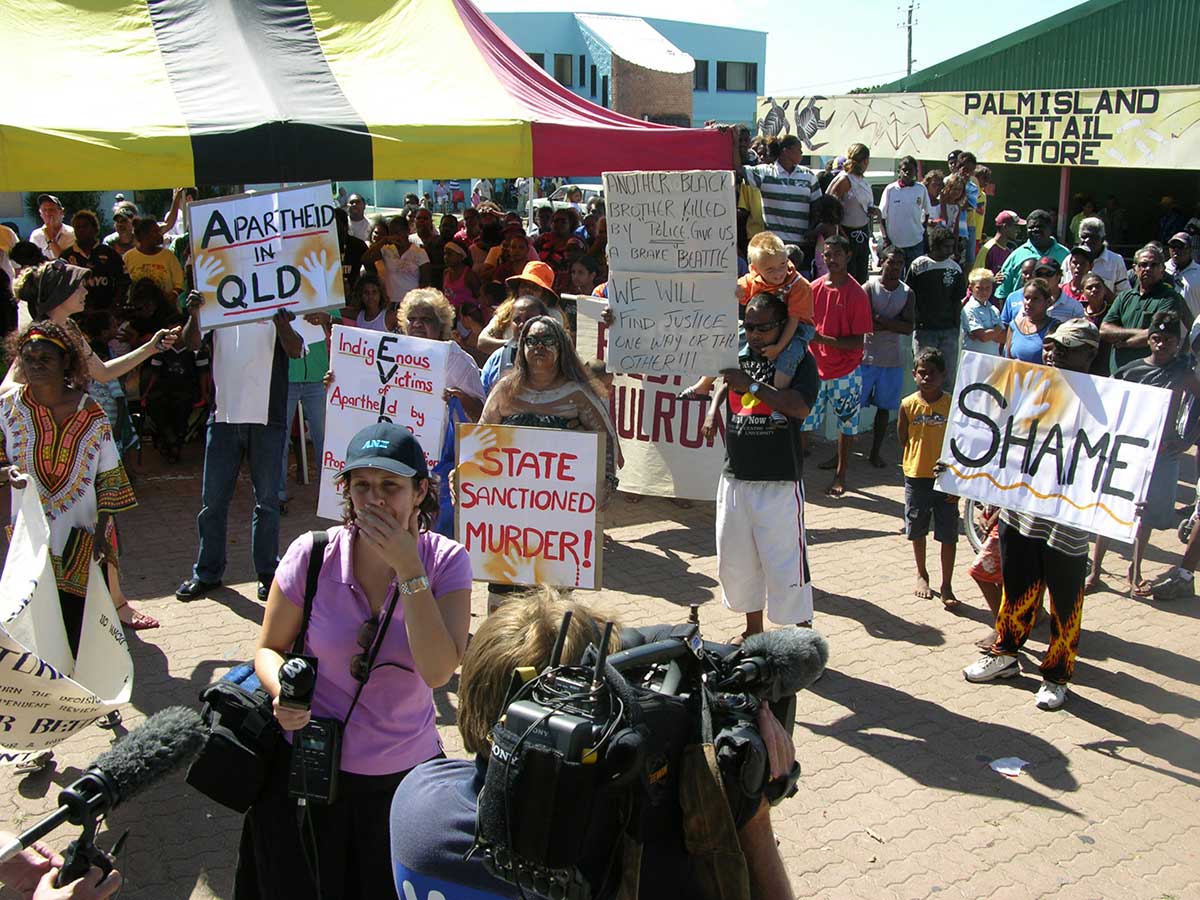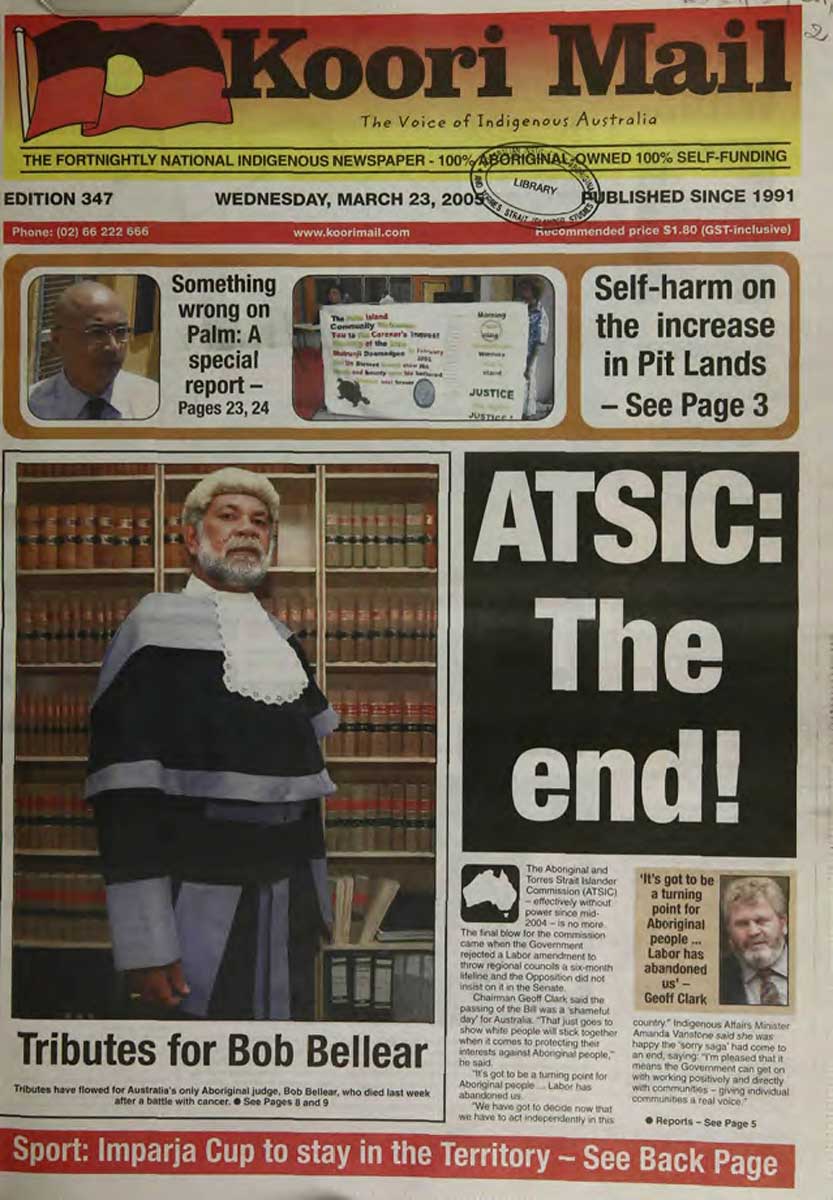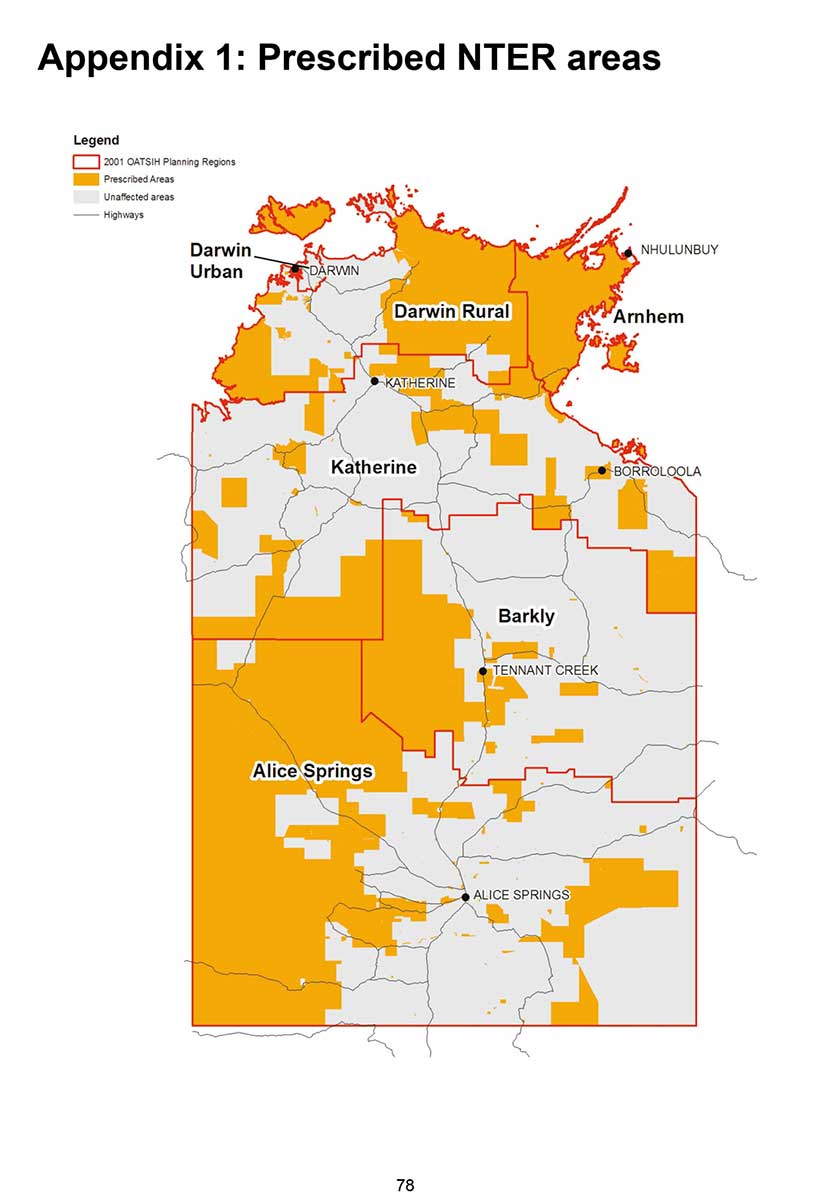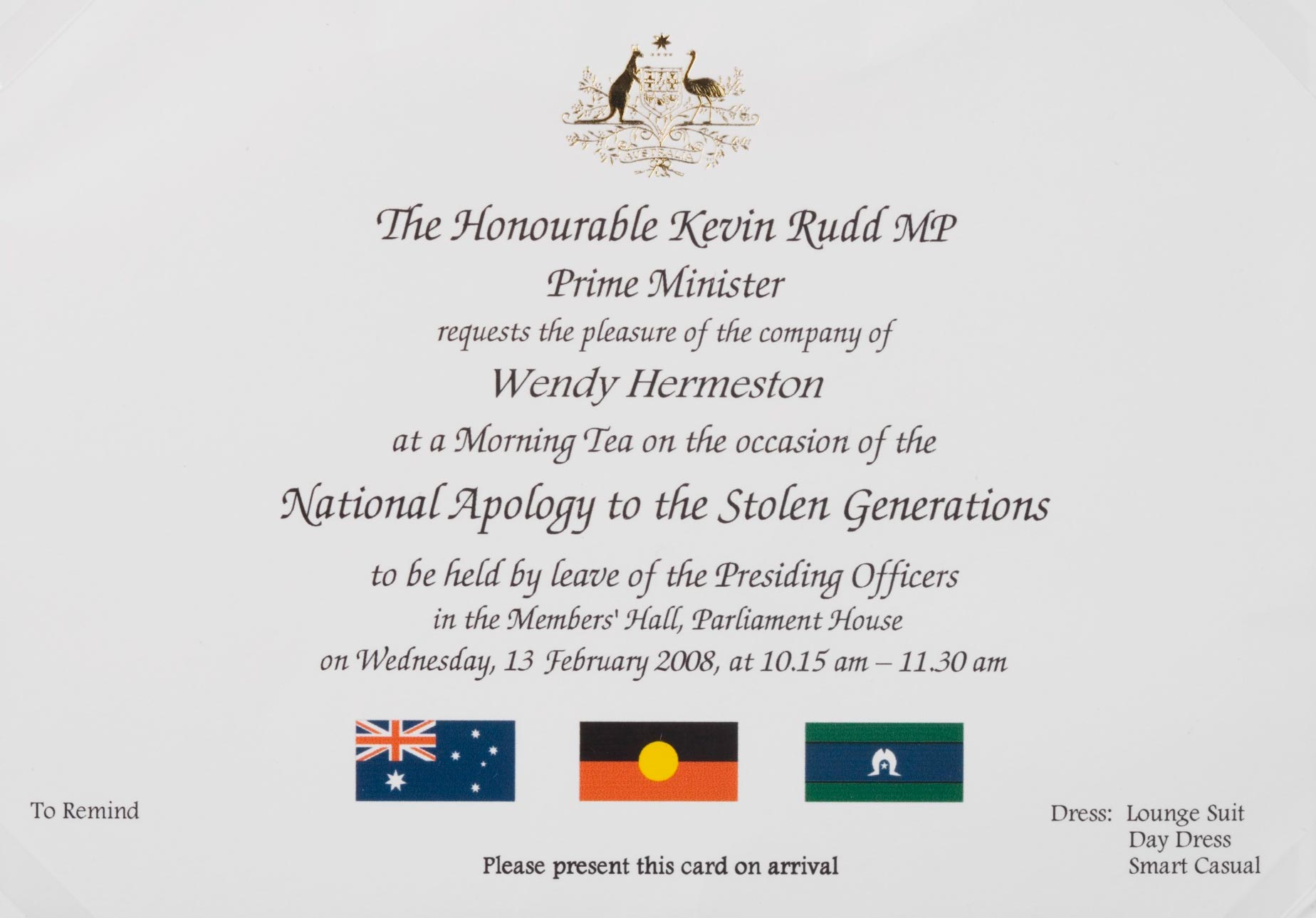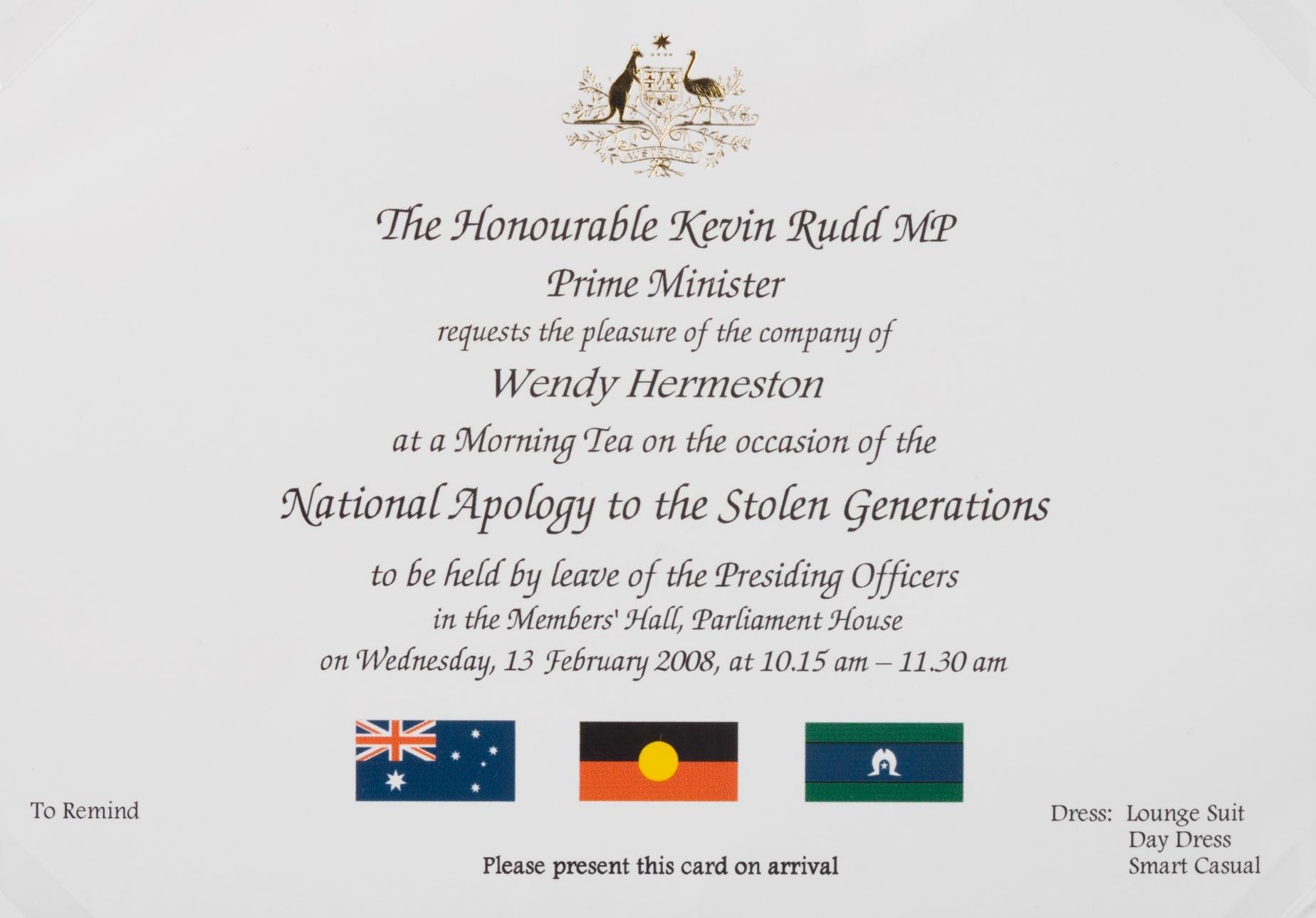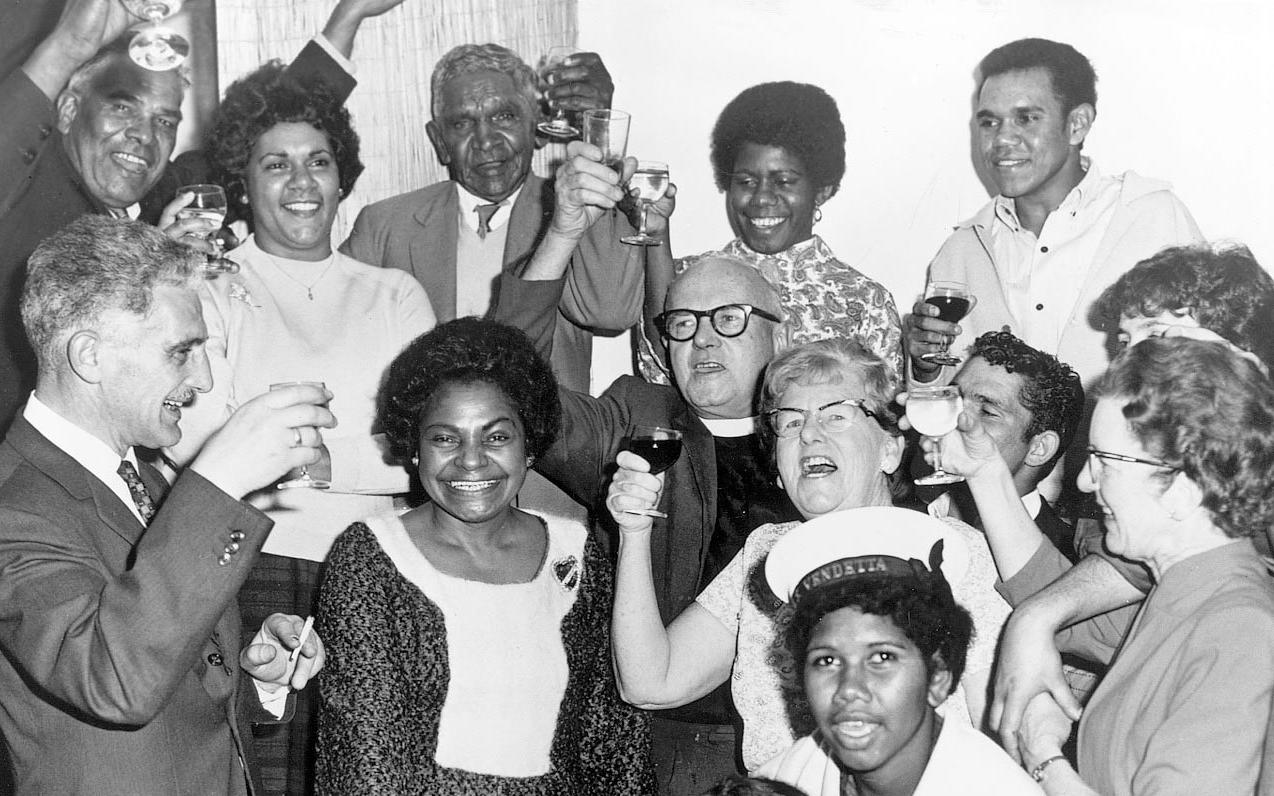Learning module:
Rights and freedoms Defining Moments, 1945–present
Investigation 1: Exploring Aboriginal and Torres Strait Islander rights through key Defining Moments
1.27 2009 United Nations Declaration on the Rights of Indigenous Peoples
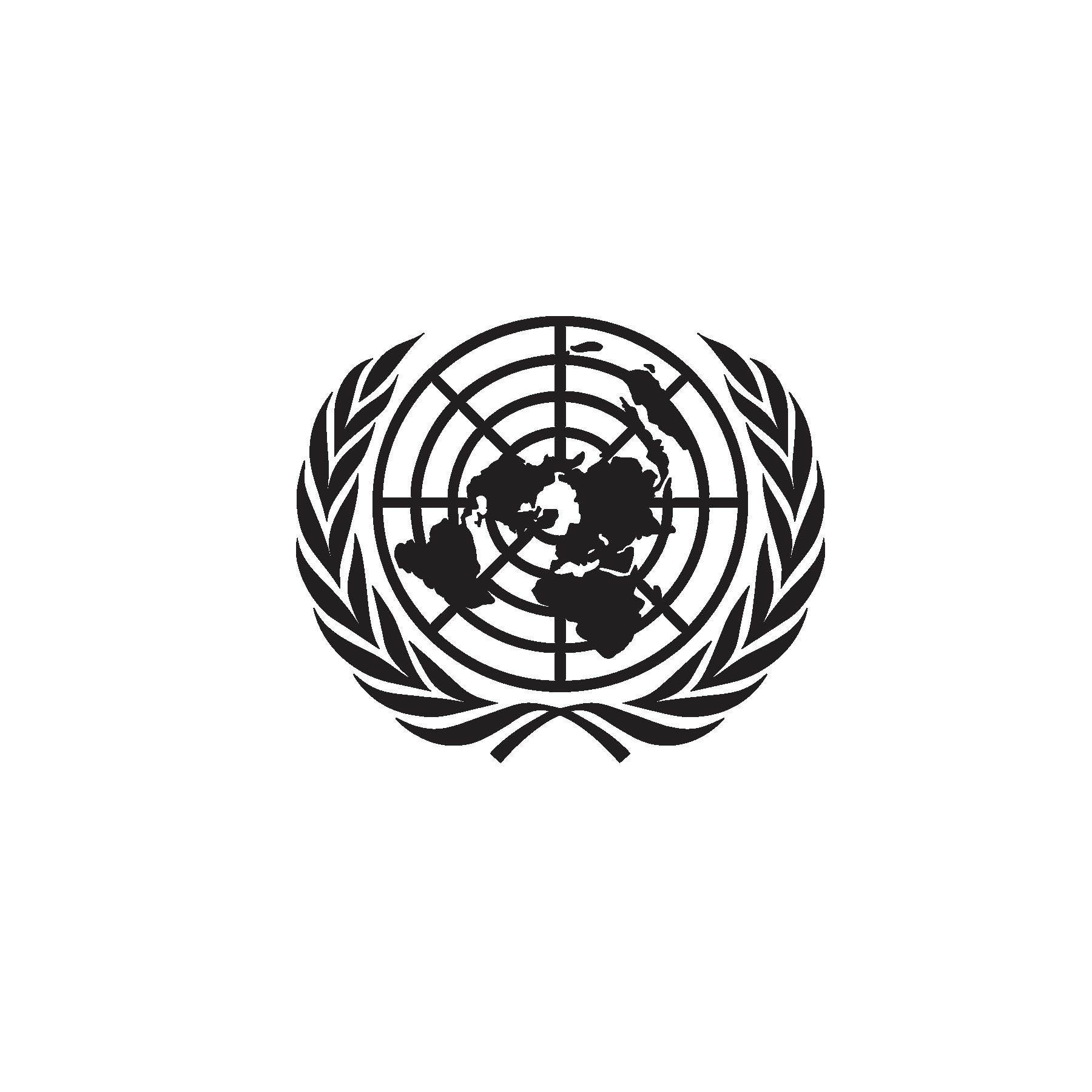
It is 2009.
Two years earlier the United Nations published its declaration about the rights of Indigenous people.
If accepted by Australia, it would provide a legal basis for Aboriginal and Torres Strait Islander people to pursue rights through an international system.
Read the information below, taken from a press release about the 2009 United Nations Declaration on Indigenous Rights, and answer the following questions.
The Declaration on the Rights of Indigenous Peoples sets out a series of 46 articles which outline Indigenous people’s rights in international law.
It sets minimum standards for the survival, dignity, security and well-being of Indigenous peoples worldwide and enshrines Indigenous peoples’ right to be different.
The Declaration was adopted by the General Assembly of the United Nations in September 2007. This was the culmination of more than 20 years of negotiation between the Indigenous peoples and governments of the world. The Australian Government announced its support for the Declaration in 2009.
While accepted by the Australian Parliament, it is not legally binding and cannot override Australian law.
The [then] Australian Human Rights Commissioner, Tom Calma, said:
‘This morning’s formal support from the Australian Government for the United Nations Declaration on the Rights of Indigenous Peoples is likely to go down in history as a watershed moment in Australia’s relationship with Aboriginal and Torres Strait Islander peoples ... it substantially adds to the foundations for a new partnership between the federal government, Aboriginal and Torres Strait Islander peoples and the wider community.
In making this formal statement of support, the federal government is committing to a framework which fully respects Indigenous peoples’ rights and creates the opportunity for all Australians to be truly equal.
The strength of the Declaration was that it provided a set of internationally endorsed objective standards to guide the relationship with Indigenous peoples, and to promote actions that respected and protected Indigenous cultures.
It should be clear that on any measure, Aboriginal and Torres Strait Islander peoples remain marginalised in Australia and face entrenched poverty and ongoing discrimination on a daily basis.
The Declaration could be put to immediate use in Australia by providing guidance and articulating minimum standards to help the government in addressing some of the discriminatory elements remaining in the Northern Territory intervention.
While substantial challenges remain for Aboriginal and Torres Strait Islander peoples in Australia, support for the Declaration can unleash Australia’s potential to be a world leader on how it engages with its Indigenous peoples. Australia’s support for the Declaration will help in the global fight against racism and discrimination and firmly re-establishes Australia’s leadership role in the international human rights system.’
Edited from Australian Human Rights Commission, 2009 Media Release: United we stand, https://www.humanrights.gov.au/news/media-releases/2009-media-release-u…, viewed 14 October 2020
1. What is the United Nations Declaration on the Rights of Indigenous Peoples?
2. What is its purpose?
3. The Declaration is not legally binding in Australia. What use does it have?
4. What was the significance of the United Nations Declaration on the Rights of Indigenous Peoples for Aboriginal and Torres Strait Islander people’s rights?
5. How would this event have influenced the development of Aboriginal and Torres Strait Islander people’s rights over time?






